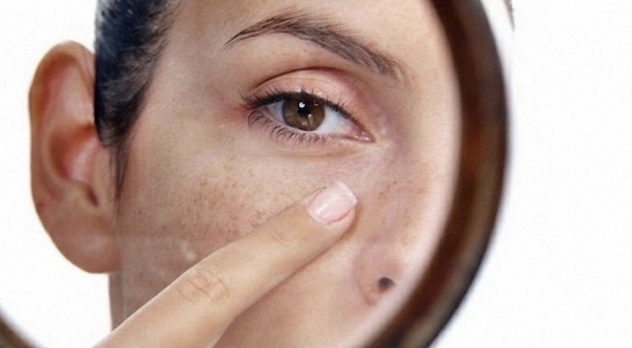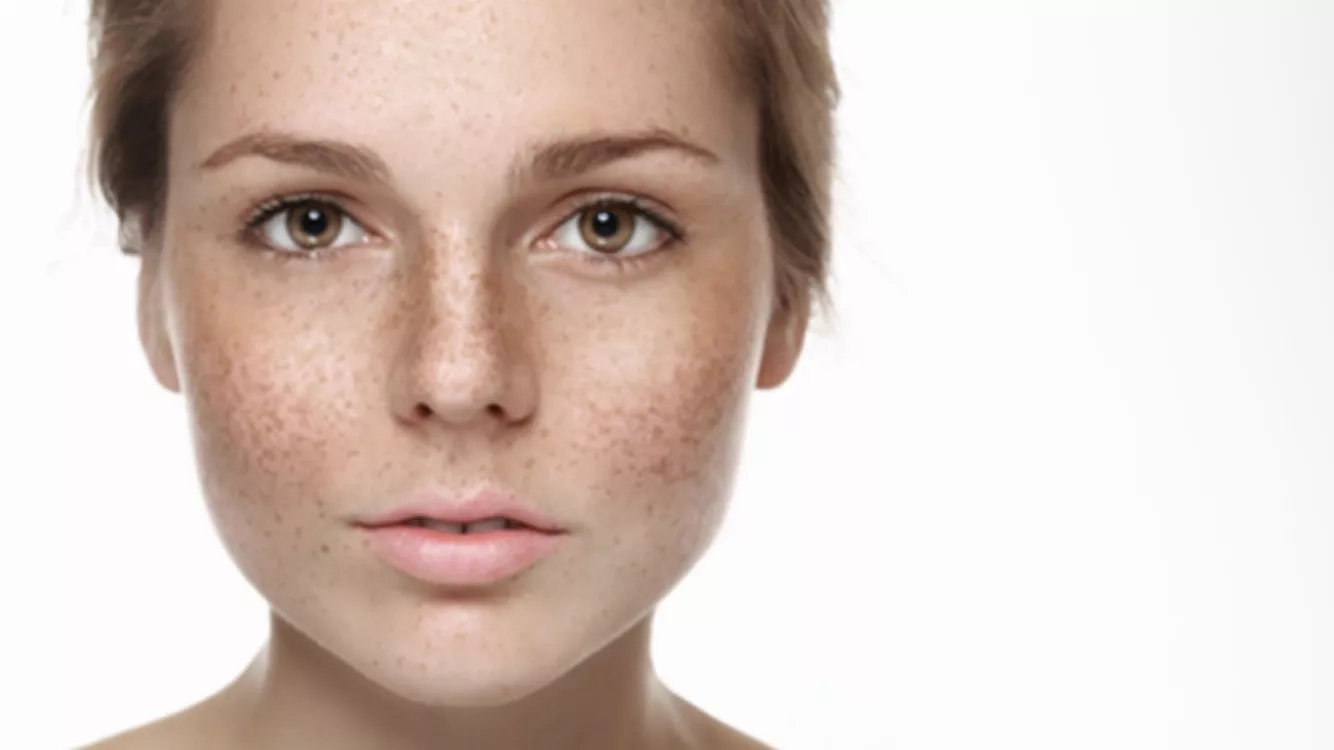Hyperpigmentation And How To Tackle It
Hyperpigmentation or excessive pigmentation of the skin is the third most common dermatologic struggle that people from all around the world deal with everyday. Many of those who suffer from this ailment think once it has happened, there is nothing to do with it. Is that so? Let’s examine what causes hyperpigmentation, how to approach it smartly and when to expect the positive results.
First things first, what is hyperpigmentation?
Simply put, hyperpigmentation is an excess of the pigment melanin in our skin cells. Melanin is produced via a multi - step pathway in cells called melanocytes. Afterwards, it is spread across the higher layers of the skin in melanosomes - vesicles in which it stays, giving our skin its colour and tone. Hyperpigmentation happens when melanocytes are overactive and produce too much melanin; hence there is more pigment stored in our skin than usual - and it’s visible with the naked eye.

When does hyperpigmentation occur?
Excessive pigmentation of the skin happens for many various reasons - it can take place because of a genetic predisposition, in excessive sun exposure, as a defensive response to inflammation or as a reaction to hormonal changes. In all of these conditions melanocytes are stimulated to release more melanin. It’s important to note that melanocytes number does not anyhow increase - that’s why the treatments mostly target the melanin synthesis pathway.
Can hyperpigmentation go away on its own?
Yes, we can happily confirm that it can, however only to some degree. What’s an another fantastic information is that it applies to every case of hyperpigmentation - to a smaller or greater extent every discoloration will fade away by itself. Nonetheless, there are ways to help our natural healing mechanisms to do their job quicker and better.

What medical solutions are there available?
It is always advisable to go to your dermatologist so they can choose the most tailored regimen especially for you. In their office, they can also prescribe you solutions in higher concentrations or even oral drugs in severe cases. Either way, let’s view what substances are on the market:
- hydroquinone
If you have ever searched the term “hyperpigmentation” up, this name shall be no news to you. By many, it is considered the golden standard of hyperpigmentation therapy. Same as all of the other compounds mentioned in this article, it targets melanin synthesis. Outside the doctor’s office it is available over the counter in smaller 2 - 4% concentrations. Nevertheless, with regular use, it isn’t rare that it causes multiple side effects - the most common one is ochronosis (a grey - bluish coloration of the skin); the rest are irritation, nail pigmentation, loss of elasticity of the skin, impaired wound healing and exuding bad fish odour. What’s a plus though is that it can be safely used together in a combined therapy with retinoids and steroids.
- retinoids
Besides aiming at melanin synthesis, they also promote quicker skin cells turnover so the skin is visibly brighter. Furthermore, their effects are present for the longest period of time in comparison with other agents - from months to years (what is luckily applicable for the most cases). Yet, in most patients (around 80%) retinoids do cause temporary skin reddening, irritation and excessive peeling which subside after the treatment is done.
- azelaic acid
It can be commonly found in many medical ointments. Additionally, it is an effective antioxidant and it’s antibacterial. At the same time though it is not that strong so it should be used only in mild to moderate cases of hyperpigmentation.

For what cosmetic ingredients should I look for?
- vitamin C
Vitamin C is a truly effective ingredient if not the most effective from all of them out there. Look for concentrated (21%) pure vitamin C serums and your skin will thank you for it. There are no side effects except for very rare cases!
- vitamin E (tocopherol)
The strongest antioxidant known so far. During melanin synthesis, there are many oxidized substances being formed - vitamin E prevents it, same for the above mentioned vitamin C.
- other antioxidants: mulberry extract, liquorice, arbutin found in berries
- niacinamide
It’s an active form of vitamin B3 - niacin. Vitamin B3 naturally cares for healthy skin cells turnover and brightens the skin. Nevertheless, after some time with regular use, it reaches a plateau stage.

No matter what method you choose, don’t forget to use suncreen!
With the highest UVA and UVB filter possible all year round. Sun rays are everything but good to hyperpigmentation - they stimulate melanin production and promote the oxidation of various compounds. Using a good suncreen prevents hyperpigmentation, cares for that it doesn’t come back and helps an already existing one heal faster.
How long will it take before I see the results?
As said before, it depends on what actions you’ve taken up to fight hyperpigmentation. The complete skin cell turnover lasts around 26 - 28 days so you should see somehow if the chosen method works for you by then. You should see more significant results though starting from 4 months and longer, reaching even years. Don’t ever get discouraged , there are many cases where people have successfully tackled their hyperpigmentation after a seemingly neverending battle!
, there are many cases where people have successfully tackled their hyperpigmentation after a seemingly neverending battle!
updates?










0